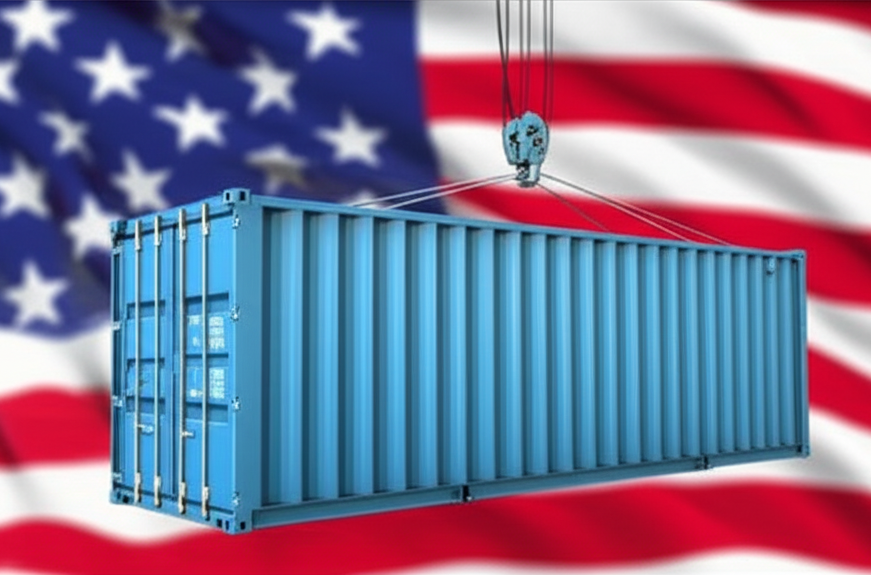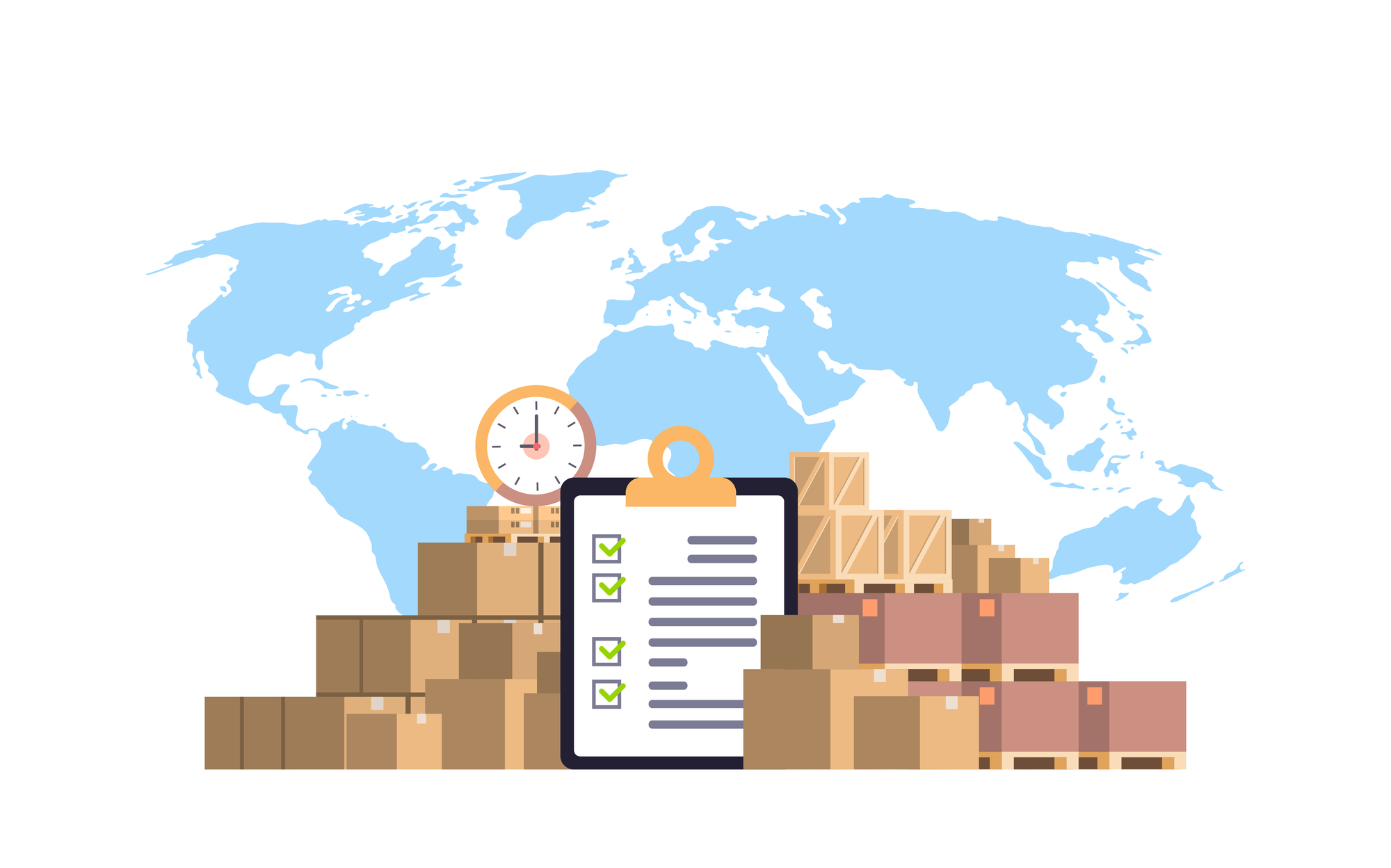The 50% Steel and Aluminum Shock: Manufacturing’s New Reality
The manufacturing landscape shifted dramatically on June 4, 2025, when the most aggressive tariff escalation in modern U.S. trade history took effect. Steel and aluminum tariffs doubled from 25% to 50%, creating immediate shockwaves through industrial supply chains and forcing a fundamental reassessment of MRO procurement strategies.
This latest escalation represents more than incremental policy adjustment—it marks a definitive break from traditional trade approaches. With average effective tariff rates now at 15.1%, manufacturing organizations face cost pressures not seen since the 1960s, with MRO operations bearing the brunt of these increases.
Immediate Market Impact: The Numbers Tell the Story
The June tariff escalation has created unprecedented cost pressures across manufacturing sectors:
Steel-Intensive MRO Components:
- Industrial fasteners and hardware: 45-55% price increases
- Machinery frames and structural components: 50-65% cost elevation
- Replacement parts for heavy equipment: 40-60% higher acquisition costs
- Safety equipment and protective structures: 35-50% price jumps
Aluminum-Critical Operations:
- Heat exchangers and cooling systems: 40-55% cost increases
- Electrical conduits and enclosures: 45-60% price elevation
- Lightweight structural repairs: 50-70% higher material costs
- Specialized tooling and fixtures: 35-50% procurement increases
Industry experts estimate the tariff increase will add approximately $300 to the cost of building a single automobile, but the ripple effects extend far beyond automotive manufacturing into every sector dependent on steel and aluminum components.
Supply Chain Disruption Accelerates
The tariff doubling has intensified supply chain challenges that were already straining manufacturing operations:
Procurement Urgency:
Manufacturing organizations are experiencing a new wave of panic buying, with many companies placing orders for 6-12 months of steel and aluminum-intensive components to lock in pre-escalation pricing. This has created:
- 40-60% increase in procurement lead times for critical MRO components
- Premium pricing of 20-35% for expedited deliveries
- Quality concerns as buyers scramble for alternative suppliers
- Cash flow strain from accelerated inventory investments
Supplier Relationship Strain:
Domestic suppliers cannot expand steel and aluminum production capacity overnight, creating a supply-demand imbalance that’s pushing even established supplier relationships to breaking points. Many MRO suppliers are implementing allocation systems, forcing manufacturers to compete for limited inventory.
The Broader Tariff Ecosystem: Beyond Steel and Aluminum
While steel and aluminum tariffs dominate headlines, manufacturers are simultaneously navigating a complex web of additional trade barriers that compound MRO cost pressures:
Automotive Component Tariffs:
A new 25% tariff on all imported automobile parts took effect April 3, 2025, impacting not just automotive manufacturers but any industrial operation using automotive-grade components for material handling, transportation, and mobile equipment maintenance.
China Trade Escalation:
Baseline tariffs on Chinese imports have risen to 145%, effectively eliminating China as a viable source for many MRO components and forcing rapid supplier diversification across multiple product categories.
Electronic Component Impact:
The tariff expansion has significantly affected electronic MRO components, with manufacturers reporting:
- 25-40% increases in control system replacement parts
- 30-50% higher costs for sensors and monitoring equipment
- 35-45% price elevation for power supplies and electrical components
Economic Modeling: The True Cost of Tariff Escalation
Recent economic analysis provides sobering insight into the long-term implications of current tariff policies. Economic projections suggest the current tariff regime could reduce GDP by about 8% and wages by 7%, with middle-income households facing a $58,000 lifetime loss.
For manufacturing operations, this translates to:
Operational Impact Modeling:
- Total MRO cost increases of 12-18% across all categories
- Working capital requirements rising by 30-40% due to strategic stockpiling
- Production efficiency declining 3-5% as organizations delay maintenance to manage costs
- Emergency repair costs increasing 40-60% as organizations stretch equipment lifecycles
Competitive Positioning:
Organizations that fail to adapt their MRO strategies risk losing competitive position as tariff costs compound over time. Early analysis suggests that companies implementing strategic MRO optimization are maintaining margins while competitors struggle with ad-hoc cost management.
Strategic MRO Response: Advanced Mitigation Approaches
The June tariff escalation demands sophisticated response strategies that go beyond traditional cost-cutting measures:
1. Material Substitution Engineering
Successful manufacturers are redesigning maintenance procedures to reduce dependency on tariff-impacted materials:
- Alternative alloy specifications for non-critical applications
- Composite material substitutions where structurally viable
- Modular component designs enabling mixed-material approaches
- Predictive maintenance optimization to extend component lifecycles
2. Dynamic Supplier Ecosystems
The tariff environment requires agile supplier management that can rapidly respond to changing trade conditions:
- Real-time supplier performance monitoring across multiple regions
- Automated supplier qualification processes to accelerate onboarding
- Risk-weighted supplier portfolios balancing cost, quality, and tariff exposure
- Collaborative supplier development programs for domestic alternatives
3. Advanced Inventory Optimization
Traditional inventory management approaches are inadequate for the current tariff environment:
- AI-driven scenario modeling for tariff impact assessment
- Dynamic safety stock calculations incorporating tariff volatility
- Predictive analytics for component failure rates under extended service intervals
- Strategic stockpiling with financial hedging to manage cash flow impact
Technology as the Great Equalizer
Organizations leveraging advanced procurement technology are demonstrating remarkable resilience despite tariff pressures. SDI’s latest client implementations showcase the power of integrated MRO management:
ZEUS Platform Performance Under Tariff Stress:
- Real-time tariff impact assessment across 50,000+ MRO SKUs
- Automated alternative sourcing recommendations reducing tariff exposure by 25-35%
- Predictive maintenance optimization extending component lifecycles by 15-20%
- Dynamic pricing optimization achieving 12-18% cost savings despite tariff increases
Cost Optimization Engine Results:
Recent implementations have achieved:
- 22% reduction in steel-intensive component costs through intelligent substitution
- 28% decrease in aluminum-related procurement expenses via supplier diversification
- 35% improvement in emergency purchase efficiency through predictive stocking
- 40% reduction in total cost of ownership through lifecycle optimization
Looking Forward: Preparing for Continued Volatility
The June tariff escalation represents a new baseline rather than a peak, with additional trade measures likely as protectionist policies continue evolving. Manufacturing organizations must prepare for continued volatility:
Scenario Planning Imperatives:
- Model procurement strategies for tariff rates ranging from current levels to 75%+
- Develop supplier diversification roadmaps spanning 18-24 month timelines
- Create financial models for strategic inventory investments up to 200% of normal levels
- Establish cross-functional teams for rapid response to trade policy changes
Investment Priorities:
Organizations achieving resilience in the current environment are prioritizing:
- Advanced analytics platforms for real-time tariff impact assessment
- Supplier relationship management systems enabling rapid qualification
- Integrated MRO platforms providing end-to-end visibility and control
- Predictive maintenance technologies extending asset lifecycles
The SDI Advantage: Proven Results in Challenging Times
While industry observers debate policy implications, SDI clients are achieving measurable results through strategic MRO transformation. Our comprehensive approach addresses every aspect of tariff-impacted procurement:
Immediate Impact Solutions:
- Emergency cost reduction programs achieving 15-25% savings within 90 days
- Rapid supplier diversification reducing tariff exposure by 30-40%
- Strategic inventory optimization balancing cost and availability
- Compliance automation ensuring accurate tariff classification and duty management
Long-term Competitive Advantage:
- AI-powered procurement platforms providing sustainable cost advantages
- Integrated supplier ecosystems spanning multiple geographic regions
- Predictive maintenance optimization reducing MRO dependency
- Advanced analytics driving continuous improvement in procurement efficiency
Conclusion: Turning Crisis into Competitive Advantage
The June 2025 tariff escalation represents the most significant trade policy shift in decades, creating unprecedented challenges for manufacturing MRO operations. However, organizations that respond strategically are not merely surviving—they’re building sustainable competitive advantages.
The choice facing manufacturing leaders is clear: react to tariff pressures with emergency measures that erode long-term competitiveness, or invest in transformative MRO strategies that turn trade volatility into operational excellence.
At SDI, we’ve helped organizations navigate four decades of trade policy changes, economic volatility, and supply chain disruptions. The current tariff environment, while unprecedented in scope, responds to the same fundamental approaches that have driven MRO success for generations: data-driven decision making, strategic supplier relationships, and technology-enabled optimization.
The manufacturers thriving despite 50% tariffs aren’t lucky—they’re strategic. They’ve recognized that in an era of permanent trade volatility, superior MRO management isn’t just operational excellence—it’s competitive survival.
Ready to transform tariff challenges into competitive advantages? Contact SDI today to discover how our proven MRO solutions are helping manufacturers not just survive, but thrive in the new trade reality.



